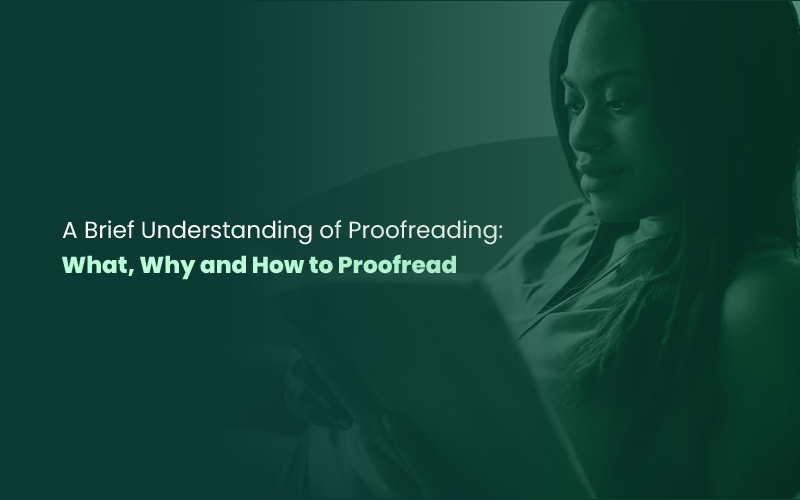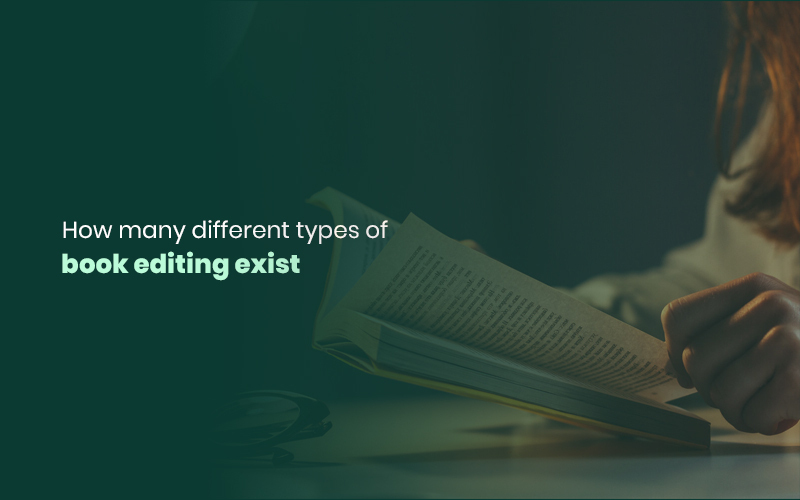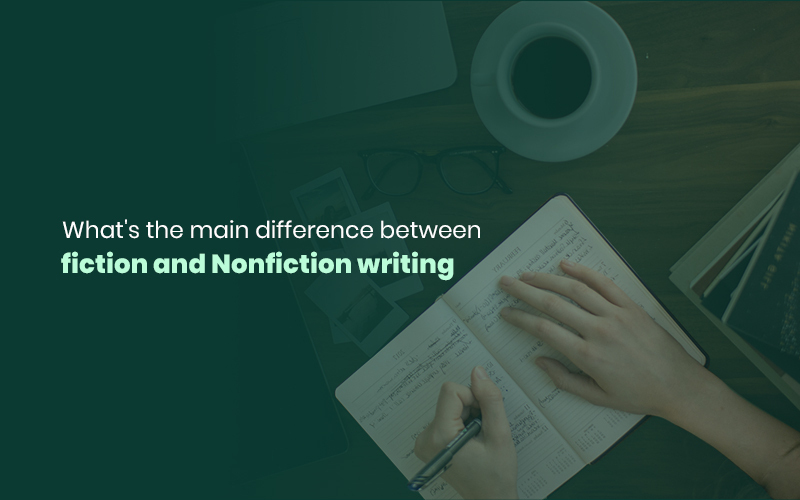
What is Proofreading
Proofreading is the process of comparing designed book pages to copy-edited text. A proofreader will search for formatting flaws and spelling and grammatical errors.
Why is Proofreading Important
Professional, high-quality writing cannot be done without thorough
proofreading. Proofreading may affect your writing, primarily how your
message is conveyed to the reader, if done correctly. Do you want your
readers to have trouble following what you're saying? It's a no-brainer! To
ensure that their readers have a pleasant experience while reading,
publishers and writers often use the services of proofreading companies.
The time spent proofreading will ultimately pay off by giving your work a
more polished appearance and increasing reader interest. And misunderstood
sentences might spell catastrophe, which is another reason to proofread. An
incorrect use of punctuation might completely change the meaning of the
phrase. You've probably seen the popular internet meme presenting two
versions of the same sentence:
"A woman, without her man, is nothing."
"A woman: without her, man is nothing."
Writers increasingly rely on AI-powered grammar and spellchecking tools, but these
programs can't match the accuracy of a human pair of eyes—especially those of a seasoned
editor. You must hire a professional proofreading service since spellcheckers and
grammar checkers miss inevitable typos. Finally, excellent proofreading is a wonderful
means of making a lasting impact on the reader. The words we put on paper frequently
serve as our initial impression on an audience, standing in for ourselves when we can't
be there in person.
How to Proofread Effectively
Now, it's your turn to hold the pen and create a checklist on proofreading
effectively.
□ Do not rely on AI built-in tools to check grammar and
spelling: Do not depend only on AI-integrated tools for grammar and
spelling checks; spell checkers are fantastic as a first step and can help you
discover high-level issues, but they are insufficient on their own.
Unfortunately, automatic spell and grammar checkers have significant
limitations. They have trouble seeing even the most basic grammatical mistakes.
Also, they often make critical errors that may fool even the most careful
author.
□ Proofread one error at a time: Proofreading takes
much time and effort, but the results are worth it. You risk losing
concentration and missing critical faults if you try to locate and fix them all
in one session.
□ Read each word clearly: Reading the text aloud is
a practice used by most professional proofreaders. This makes you use your voice
for every word and engages your hearing, allowing you to hear how the text
sounds as you read it.
□ Divide the text into manageable text:Pay close
attention to the text. Afterward, pause for a while before moving on to the
next. This can help you focus on the specific piece of work you are proofreading
rather than the whole assignment at hand.
□ Circle Punctuation Mark: Although it may seem
overkill, this technique is one of the most reliable for spotting typos in
punctuation. The act of circling every punctuation mark forces the reader to
consider the correctness of each one.
□ Note the error frequently: Regularly reviewing
your work for errors is an excellent way to learn more about your writing style
and how to improve it. Knowing your patterns of mistakes can help you actively
seek them while writing.
Some common mistakes to have a check on includes:
□ Unfamiliar Homophones: Homophones, or phonologically
similar words with distinct meanings, constitute a significant source of confusion for
proofreaders. And every professional proofreader must know them.
□ Comma Splices: A comma splice occurs when two independent
clauses are joined with a comma:
The researchers repeated the test; it produced the same results.
What we have here is two sentences joined with only a comma. This is fairly common in informal writing – hence being easy to overlook for new proofreaders – but it is an error. In this scenario, paying great attention to how sentences are built is crucial. If you observe separate clauses connected by a comma, they must be corrected.
□ Inconsistencies: New proofreaders often concentrate on
issues such as typos or incorrect punctuation. However, this might result in missing
inconsistencies in a document, which can be just as troublesome in certain
instances.
□ Misplaced or Missing Apostrophes: Due to the versatility
of apostrophes, typos are often overlooked. Typical cases include: 'Its' (meaning the
possessive form of it) and 'it's' (meaning a contraction of it is or it has) are so
often used that it's simple to gloss over misunderstandings between them
□ Introduced Errors: The cardinal sin of proofreading is
submitting errors into a manuscript that did not exist when you began! However, this is
pretty simple to accomplish if you're not cautious.
□ For example, you could mistakenly erase space between words when revising a document.
Perhaps you're using Track Changes, and the markup causes you to overlook an error in
one of your edits. Maybe it's simply a typo in a remark you made someplace.
Concluding Thoughts:
Finally, proofreading is an essential phase in the writing process that
should never be disregarded. It guarantees that your message is efficiently
communicated to your readers, leaving a polished and professional image.
While AI-powered tools may be helpful, they cannot replace the accuracy and
attention to detail a human proofreader offers. You may dramatically enhance
the quality of your writing by using efficient proofreading strategies such
as reading aloud, concentrating on one mistake at a time, and splitting the
text into digestible parts.
Awareness of typical errors such as unexpected homophones, comma splices,
inconsistencies, misplaced or missing apostrophes, and introduced errors is
critical. Being aware of these traps and actively searching them out
throughout the editing process may substantially improve the overall clarity
and coherence of your writing.








